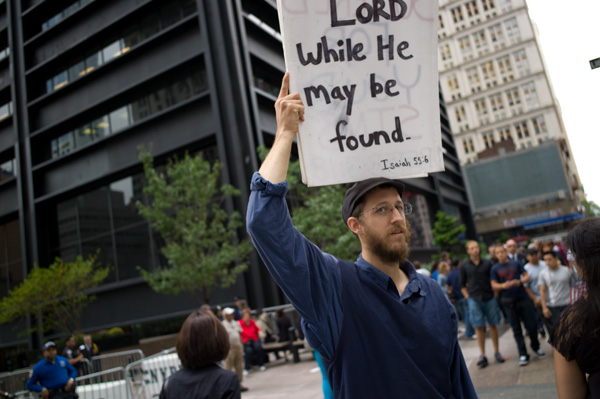 |
| Photo © Tewfic El-Sawy-All Rights Reserved |
I've never sweated as much as I did today at Kumartuli!!! Well, maybe I did...but let me put it this way, it's been a while since I did.
The area or neighborhood is a traditional potters’ quarter in northern Kolkata, which is abuzz with workers applying the finishing touches on the variety of clay idols of Hindu gods and goddesses that are to be placed in the pandals for the Durga Puja in a few days' time.
We were met by Chhandak Pradhan, who's assisting me during the workshop, at Kumartuli, and spent over two hours photographing the lading of the finished idols unto the trucks, the artists applying paint on the unfinished clay statues, and even the fashioning of the straw armature on which the clay is applied...and yet, all the clay idols have to be delivered by tomorrow!
The objective of the workshop is to produce a a multi-part multimedia documentary on the Durga Puja festival as it occurs in Kolkata; the preparation of the clay idols, the flurry of shopping, the transportation of the idols to the pandals, the rituals and the processions to the river for the idols' final immersion in the river. I shall be working in black & white...but it's up to the rest of the participants whether to do the same or work in color.






























